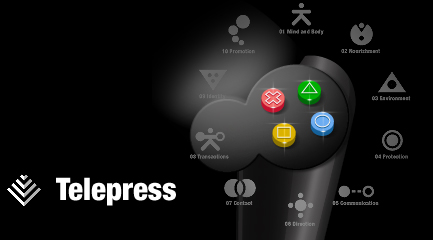Four
corners means from four directions, North, South, East, West.
In geography, the four cardinal directions are north, east, south
and west. North and south are oriented toward the respective poles
of the Earth. The Earth's rotation defines the orientation of east
and west.
The four cardinal directions correspond to the following degrees
of a compass: North: 0 (= 360) degrees, East: 90 degrees, South:
180 degrees and West: 270 degrees.
In mathematics, cardinal directions or cardinal points are the four
principal directions or points of the compass in a plane.
Europeans in the 16th century divided the
world into four continents:
• Africa
• America
• Asia
• Europe
During this time, nothing was known of Antarctica or Australia,
the other two land masses which we consider continents today. Each
of the four continents was seen to represent its quadrant of the
world—Europe in the north, Asia in the east, Africa in the
south, and America in the west. This division fit the Renaissance
sensibilities of the time, which also divided the world into four
seasons, four classical elements, four cardinal directions, four
classical virtues, etc.
In 1603, Cesare Ripa published a book of emblems for the use of
artists and artisans who might be called upon to depict allegorical
figures. He covered an astonishingly wide variety of fields, and
his work was reprinted many times. It was still being brought up-to-date
in the 18th century. The illustrations reveal fixed Eurocentric
perceptions of the nature of the "four corners of the world."
The
American millionaire philanthropist James Hazen Hyde, who inherited
a majority share in Equitable Life Assurance Society and formed
a collection of allegorical prints illustrating the Four Continents
that are now at the New-York Historical Society; Hyde's drawings
and a supporting collection of sets of porcelain table ornaments
and other decorative arts illustrating the Four Continents were
shared by various New York City museums. |


